This is the first of a series of kitten related blog posts contributed by Tonya Jensen, SVACA Kitten Foster Mom volunteer, and new SJAA volunteer.

Homeless feral cats are a sad fact of our community. Numerous kittens that are not old enough or suitable for adoption are euthanized each year as a result of unmanaged feral colonies. In recent years Trap/Neuter/Return (TNR) programs established in various locations throughout the San Francisco Bay Area are becoming an important part of the solution.
What Is the Difference Between a Stray Cat and a Feral Cat?
According to the ASPCA, “a feral cat is primarily wild-raised or has adapted to feral life, while we [the ASPCA] define a stray cat as someone's pet who has become lost or has been abandoned. Stray cats are usually tame and comfortable around people. They will frequently rub against legs and exhibit behaviors such as purring and meowing. In contrast, feral cats are notably quiet and keep their distance. Stray cats will also often try to make a home near humans—in car garages, front porches or backyards. Most are completely reliant on humans as a food source and are not yet able to cope with life on the streets.”
What is TNR?
Trap/Neuter/Return (TNR) is a humane way of trapping of domestic cats that live in the community without formal homes and survive by gathering food and shelter where they can. The trapped cats are spayed/neutered, vaccinated, sometimes treated for other medical issues, and micro chipped. Their ears are notched so that they may be identified as spayed/neutered. They are returned to a colony in the community.
What is the benefit of TNR?
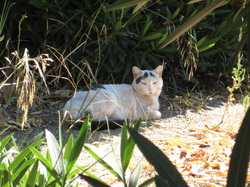
The ASPCA writes, “TNR helps the community by stabilizing the population of the feral colony and, over time, reducing it. At the same time, nuisance behaviors such as spraying, excessive noisemaking and fighting are largely eliminated, and no more kittens are born. Yet, the benefit of natural rodent control is continued. Jesse Oldham, ASPCA Senior Administrative Director of Community Outreach and the founder of Slope Street Cats, an organization dedicated to feral cat welfare, notes, “TNR also helps the community's animal welfare resources by reducing the number of kittens that would end up in their shelters—TNR creates more space for the cats and kittens who come to them from other avenues.”
According to The Cat Resource Center, a Santa-Clara based cat rescue organization, additional benefits of TNR include: “Sterilizing cats saves tax dollars, vaccination prevents disease, and TNR is the most effective and humane option for feral cats.”
Who Provides and Pays for TNR?
TNR begins with various rescue groups, individuals, and in some cases, compassionate businesses. Often these dedicated people trap and provide veterinary care and food for the colonies (often paying for the procedures themselves). At times they partner with local shelters or veterinary hospitals that volunteer veterinary procedures. Available funds (from limited budgets, grants and donations) determine how many procedures a shelter can contribute to TNR.
The Fate of Feral or Surrendered Kittens
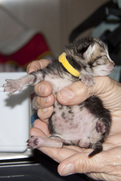
Policies vary among organizations and shelters regarding the fate of surrendered kittens. Kittens must weigh two pounds before they can be spayed/neutered, yet this procedure is required by law before kittens can be adopted from a rescue group or shelter. The availability of foster families will play a key role in the number of neo-nate kittens a shelter or organization can accept for adoption. Without foster families it is impossible for organizations and shelters to provide the care these tiny babies require, thus some precious lives may not have a chance. Before surrendering neo-nate kittens, check with organizations and shelters regarding their policies.
Feral Cat Resources:




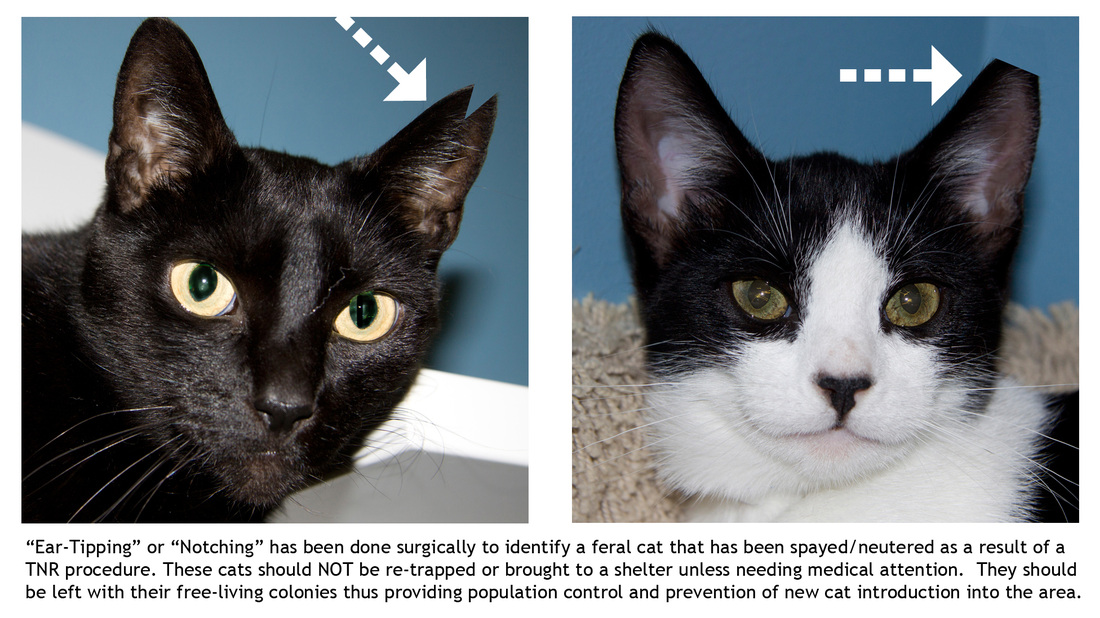

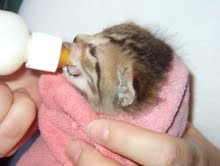
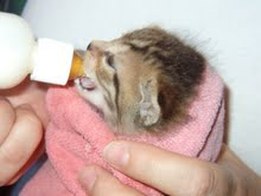
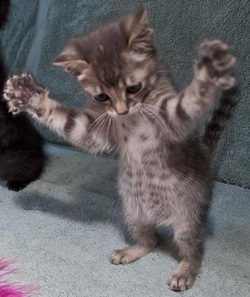
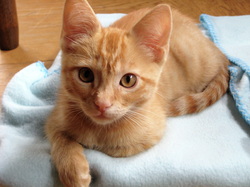
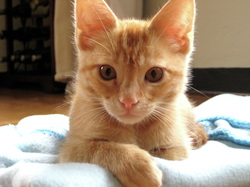
 RSS Feed
RSS Feed